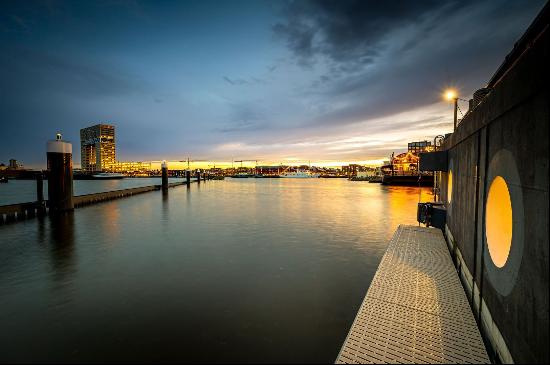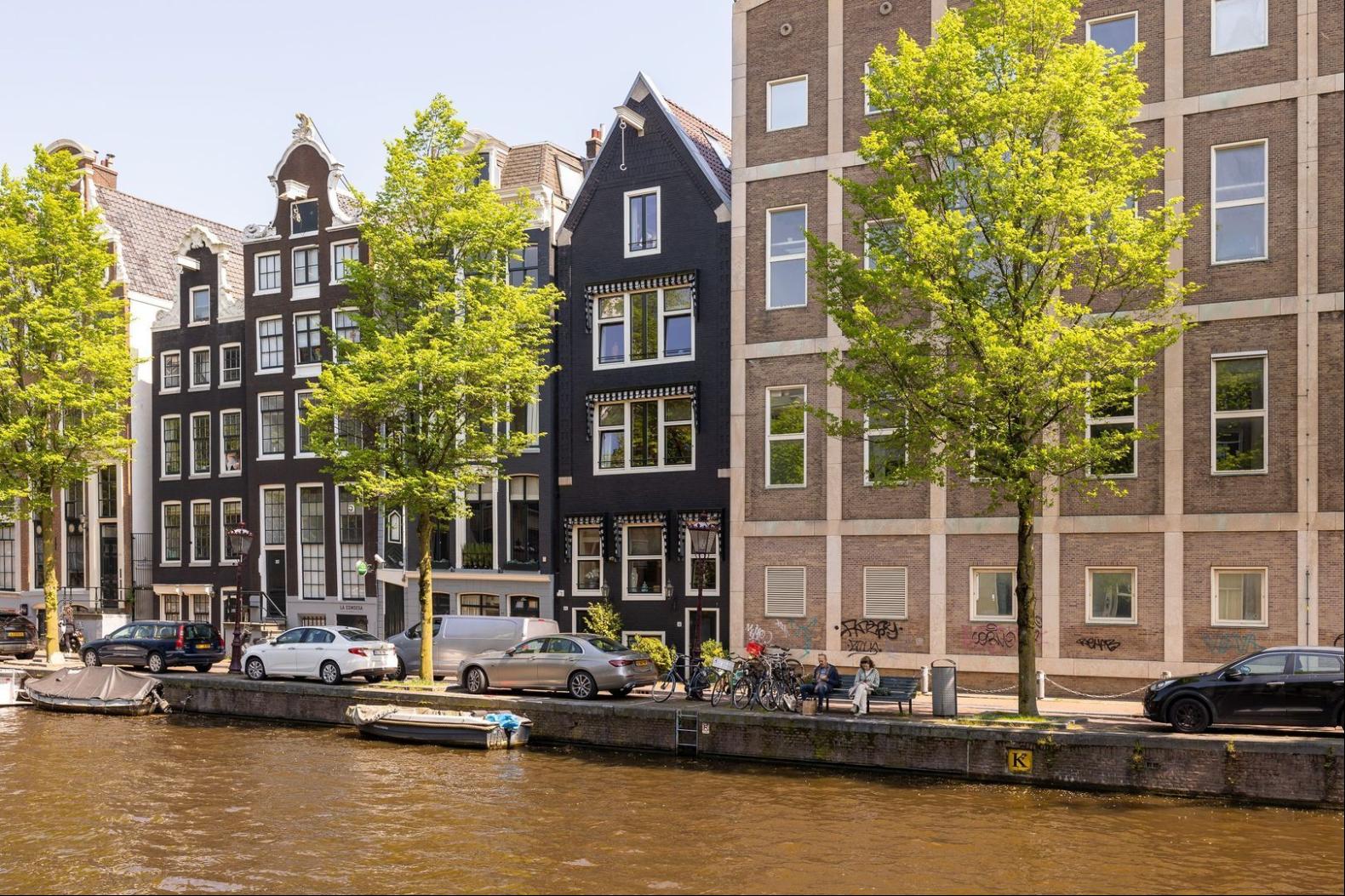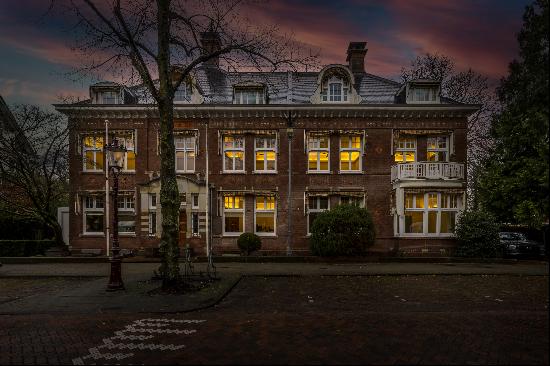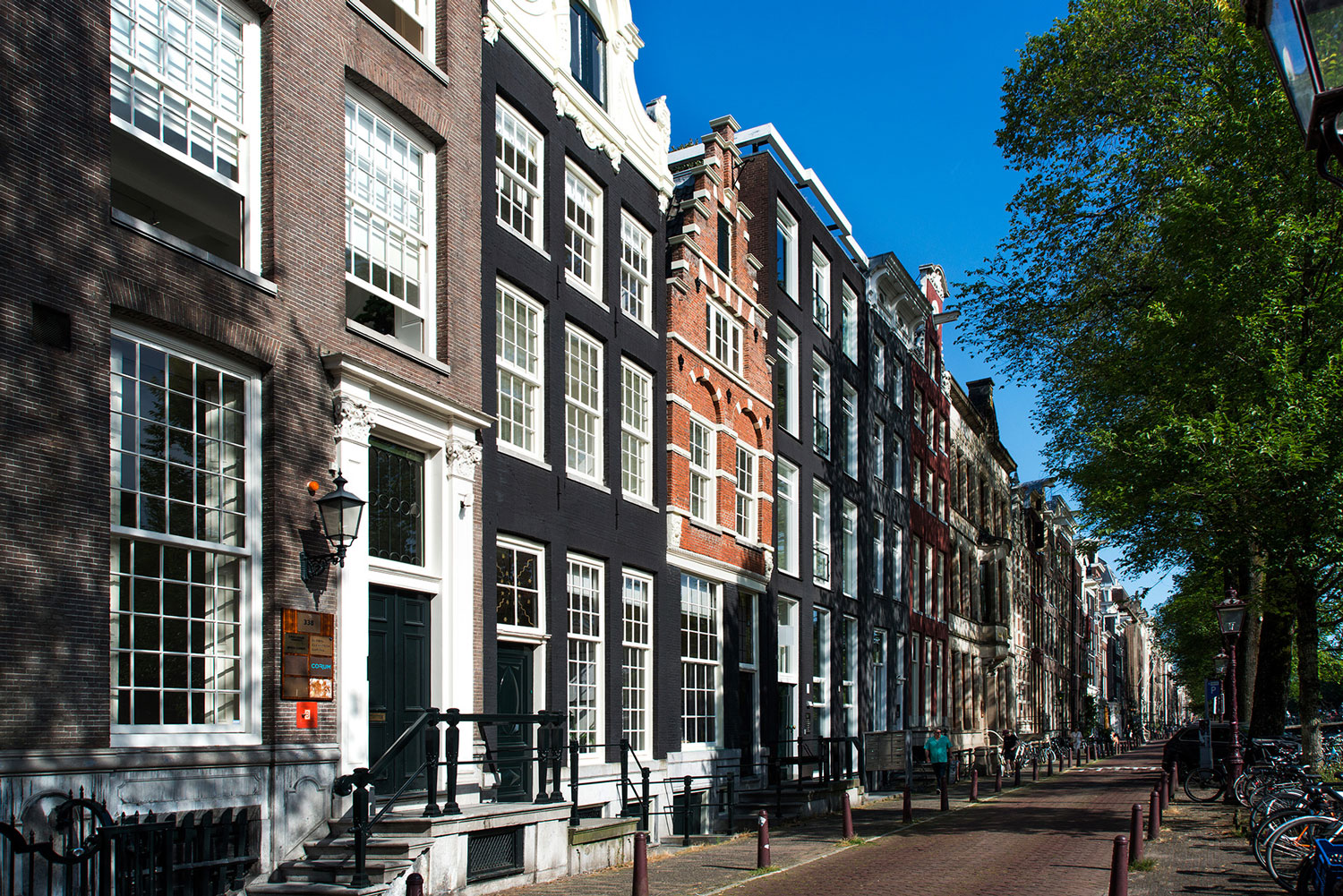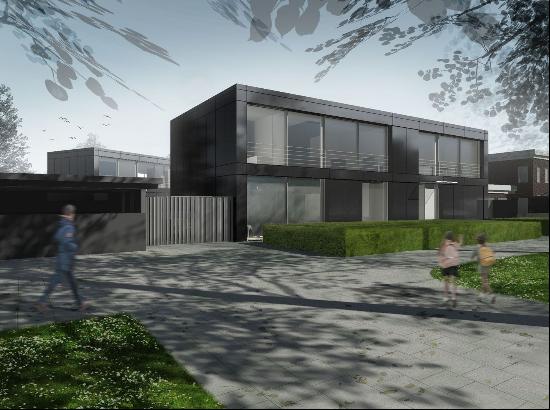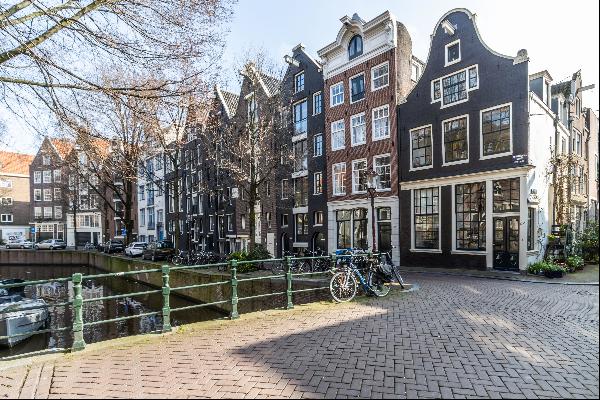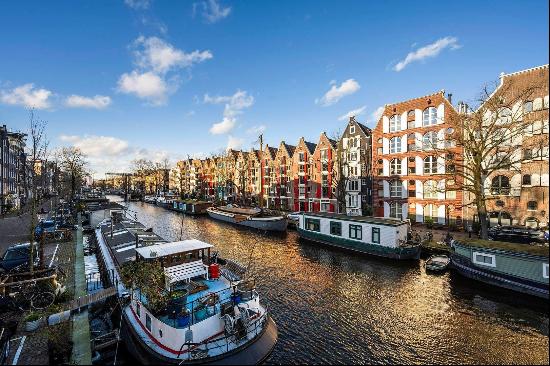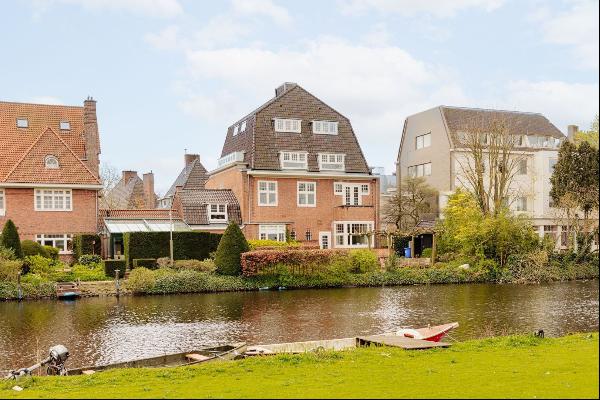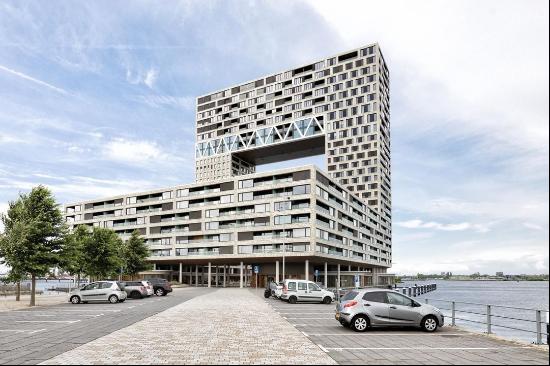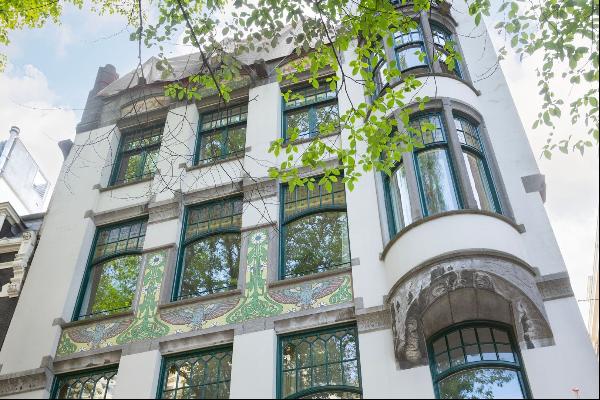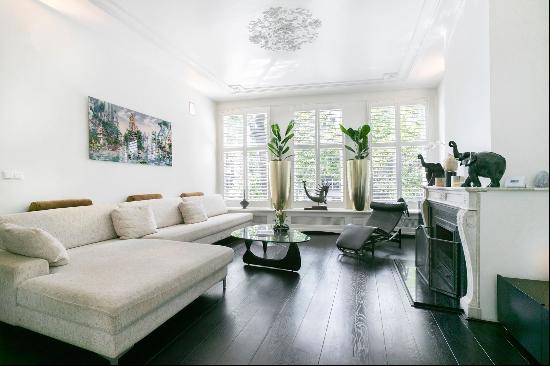
By Anton Ivashchenko
Originally from Ukraine, Anton Ivashchenko moved to Amsterdam from Budapest for work in 2019 with his wife and 18-month-old daughter. He is statutory accounting manager at TomTom, the Dutch technology company

Amsterdam is a very international city, rich in culture and history, with an excellent quality of life.
We live in Houthaven, a newly built neighbourhood in the western part of the city. Constructed as a port in 1876, it has been redesigned as a residential area in the past few years. Houthaven is a 30-minute walk from the city’s historical centre and main train station, Amsterdam Centraal, but you can also get here by bus or a free ferry from NDSM Wharf to Pontsteiger. Most of the apartment blocks in this area have direct canal access so you can enjoy your morning coffee on a balcony with a classic Amsterdam view.

The nearby Spaarndammerstraat offers a wide variety of food options, from bagels at Bagels and Beans to Mediterranean fine dining at Freud. People’s Place Gym, named one of the best boutique gyms in the world by Cosmopolitan magazine in Germany, is open to the public. It is affiliated with Calvin Klein and Tommy Hilfiger, whose European headquarter campuses are located in Houthhaven.
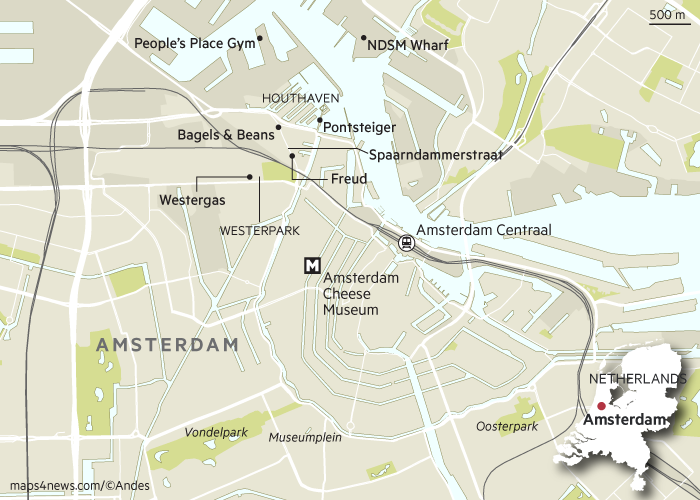
I like to spend my spare time with my family and doing sport. There are plenty of parks in Amsterdam, where you can do both. The one closest to us is Westerpark, which is not only a nice green area but is also home to Westergas, an old gas factory that has been transformed into a cultural village. It regularly hosts art performances and has local markets. I also recommend Vondelpark, Amsterdam’s biggest and most famous park, and Oosterpark, located in the east of the city.

Amsterdam is a city of museums, the main ones are in the same area — Museumplein. There are plenty of options, from Rijksmuseum and Van Gogh Museum, to the Moco Museum of modern, contemporary and street art with its Banksy exhibition (which runs until April 1) and the Amsterdam Cheese Museum.
If you have kids and both parents are working, search for private kindergartens in advance as the waiting list is usually more than six months. If your children are up to four years old, check out the public libraries, which run free play groups. Amsterdam is kid friendly, offering activities such as swimming, gymnastics and ballet, even for toddlers.

In terms of accommodation, I recommend considering unfurnished apartments, as the rent is much cheaper than those with furniture. However, at the moment, buying property is sometimes cheaper than renting. ABN Amro bank offers expats with an EU or UK passport, and those with “highly skilled migrant” status, a mortgage of up to 100 per cent of the price of the property with interest rates fixed at 1.14 per cent for 10 years.
Make sure you get your BSN (tax) number as soon as possible. All state service registers are connected to BSN in the Netherlands. Also, think about getting a Maestro payment card, as some shops accept only this. You can, however, order almost everything online including internet, TV and phone packages.

I also recommend to start cycling as soon as possible. The city is particularly well set up for bikes, with lot of tracks and free parking places. I am not cycling yet but plan to do so soon. Public transport is not crowded, even during rush hour, but you have to pay €3.2 for a single ride unless you have an OV-chipkaart travelcard, with charges based on the distance travelled.
Being an expat in Amsterdam is not unusual and people easily switch to speaking English at shops, restaurants and public offices. Get to know your neighbours — often the postman leaves your parcels with them — and also sign up for Facebook groups for expats. People here are usually open and easy to talk to.
Looking to move to Amsterdam? Search for a home on the FT’s Property Listings.
Photographs: Dreamstime


